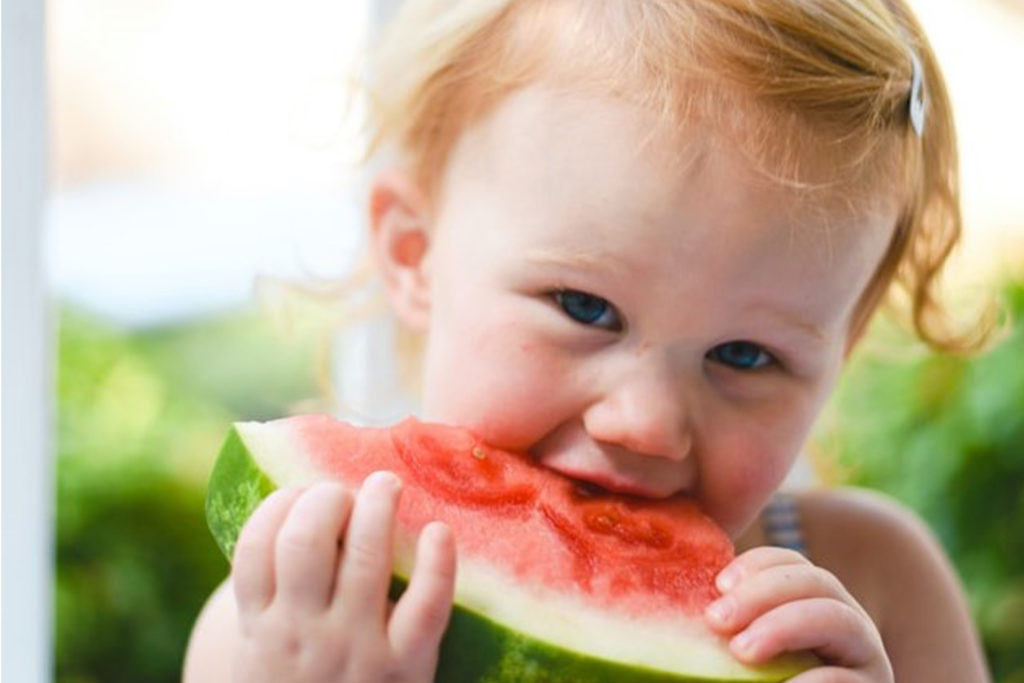Healthy Snacking Guide For Kids


There’s no denying that children love to snack. Beyond this, most children would probably prefer to graze than sit down to a meal – there is a good reason for this! Children have high energy needs, yet smaller stomachs, meaning they tend to get full quite quickly. Therefore, the best way for them to get that energy in is to eat smaller, more frequent meals.
While it’s best to avoid continuous grazing, having regular meals and snacks throughout the day is ideal for growing children. As parents, it’s important to know how to choose healthy snacks for your child. This means you can ensure they are getting the required nutrients to support their growth and development.
How often should kids snack?
While it’s best to avoid continuous grazing, having regular meals and snacks throughout the day is ideal for growing children. As parents, it’s important to know how to choose healthy snacks for your child. This means you can ensure they are getting the required nutrients to support their growth and development.
What is the healthiest kid snack?
When selecting snacks for your child, consider their nutritional value. The healthiest kid snacks are those that provide essential nutrients without an excess of added sugars or empty calories. Opt for options that include natural sugars, high fibre content, and adequate protein.
Watch out for added sugars
Sugar seems to be under the spotlight at the moment. Before you jump on the bandwagon and remove all sources of sugar from your child’s diet, it is important to understand the difference between natural and added sugars.
Natural Sugars
Natural sugars are those found in fruit and dairy foods. When children consume these foods they also get a variety of other beneficial nutrients like fibre, protein, Vitamin D, calcium, Vitamin C and Vitamin A. The high amount of fibre in fruit and protein in dairy foods means they take longer to digest in the body. This, in turn, causes a less dramatic spike in blood sugar levels. This helps children to feel fuller for longer and prevent dips in energy levels.
Added Sugars
Added sugars are those which are ‘added’ to foods and beverages by manufacturers during processing. These are the types of sugars that should be limited, as they are usually of very little nutritional benefit. They are found in foods with a high energy (kJ) content. Larger amounts of added sugars are commonly found in pre-packaged snack foods, so it is important to check the nutrition label.
Tips to reduce added sugars in your child’s diet:
-
Watch out for misleading names for added sugars on food labels. Added sugars can be disguised as syrup, raw sugar, organic sugar, coconut sugar and molasses.
-
Choose plain yoghurt and add fruit to sweeten it naturally.
-
Serve water and milk as the main drinks source – avoid soft drinks and sweetened fruit juices.
-
Limit processed, pre-packaged snacks such as muesli bars, lollies and juice boxes.

The more fibre the better
You may be familiar with fibre for its important role in preventing constipation in children. While this is still certainly the case, new research is showing that there are even more benefits to fibre than we once thought! An adequate fibre intake may not only affect children’s health during childhood, but it may also help prevent disease later in life.
Fibre plays a particularly important role when it comes to gut health. Prebiotics are a type of dietary fibre that pass through the body undigested, acting as food for the friendly bacteria in the gut. They help to stimulate the growth and survival of good bacteria and discourage the growth of other harmful bacteria. A diet consisting of different high fibre foods can lead to a diverse range of gut bacteria, which is beneficial for overall health.
What are the rules for snacking for kids?
If you’re frustrated by your child constantly telling you that they are “starving,” try adding some protein to their snacks. For example, you could pair fruit with a tub of natural yogurt, serve crackers with cheese slices, and vegetable sticks with hummus.
Snack size matters
To ensure that snacks don’t interfere with how much your child eats at their main meals, it is important to watch the size of the snacks you are offering. Remember, a snack is like a mini meal, and should only be just enough to keep your child satisfied until their next main meal.
Snack suggestions
Here is a list of healthy summer snacks that your child might enjoy. Be sure to click on the links for recipes from our Dietitians!
You can also learn more about OAC’s food & nutrition program here: Only About Children | Food & Nutrition (oac.edu.au)
For more great reading:
What Should Your Toddler Eat In A Day?
Only About Children can help your child to grow, make friends and explore the world.
Only About Children can help your child to grow, make friends and explore the world.
Related Reads


Bec Celebrates 10 Years Working In Her Dream Job At OAC Concord
Rebecca Donatiello (Bec) celebrates 10 years working and learning at Only About Children Concord.

Choosing The Right Preschool/Kindergarten For Your Child
Choosing the right Preschool/Kindergarten for you child can be a daunting task. When exploring the ideal preschool choices for your child, there is no need to navigate blindly. Simply by asking the right questions, you can find the perfect match.
